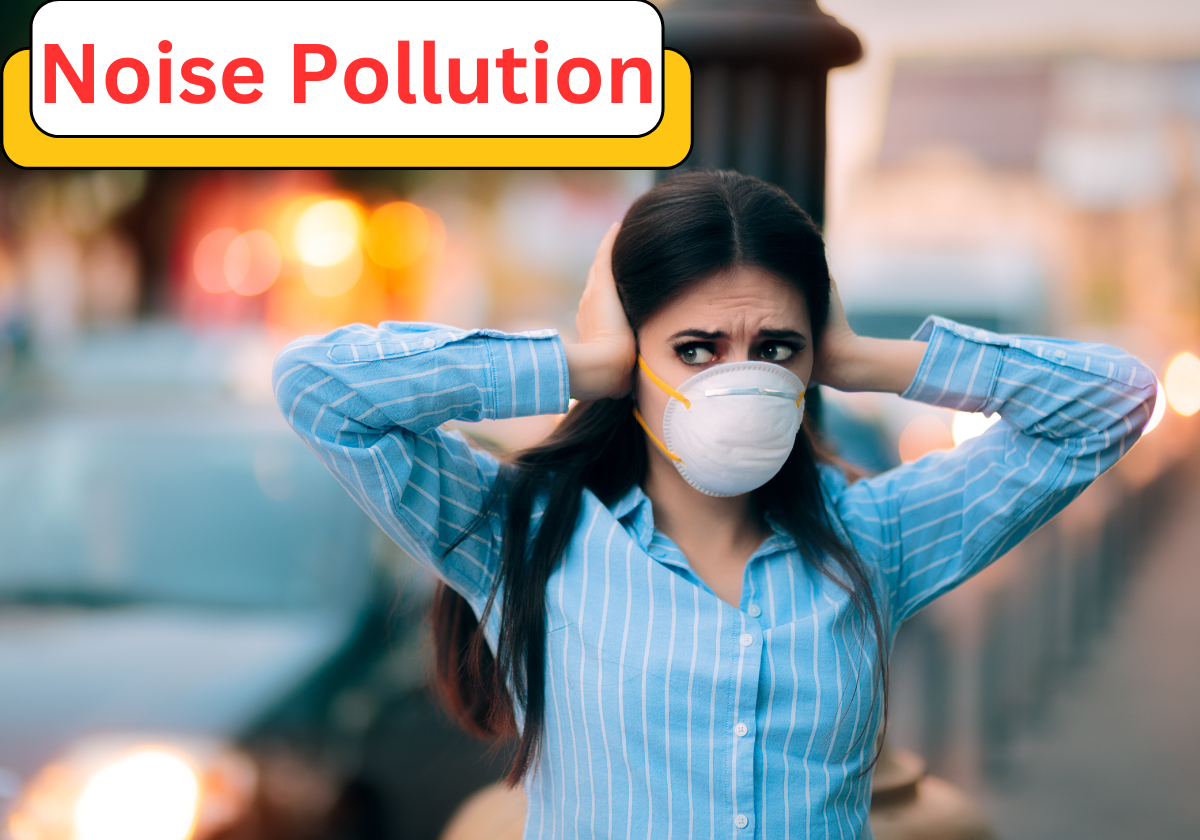Introduction
Noise pollution is a fundamental problem that impacts both human beings as well as animals. It is the unwanted and annoying level of noise that interferes with the environment and is caused by human beings. Noise pollution is a great problem in today’s world with a lot of urbanisation, industrialisation, and improved means of transportation. This paper discusses the trigger reasons, their consequences, and effective approaches to managing Noise Pollution.
What is Noise Pollution?
Noise Pollution is defined as a sound level that ends up being unwanted or can be harmful and disrupts the day-to-day functioning of life. The World Health Organization (WHO) has stated that prolonged exposure to sounds above 85 decibels(dB) can lead to severe hearing problems. Some of the most common types of noise pollution are that come from vehicles, industrial works, construction sites, domestic machinery, and even public events.
Causes of Noise Pollution
1. Transportation
A very important and underrated reason contributing to noise pollution is transportation. Cars, trains, aeroplanes, and ships consistently in operation cause excessive noise to be made. The combination of traffic jams, whistling, and engine noises make cities overwhelming.
2. Industrial and Construction Activities
Faculties, producing plants, and building regions make use of loud, heavy drilling machinery and other mechanical equipment, which contributes to a lot of noise. Road construction, such as repaving, building new constructions, and other works, contribute to noise pollution levels.
3. Family & Social Activities
Loud music, television, and household appliances such as mixers, washing machines, and air conditioners facilitate noise pollution in residential zones. Social gatherings, weddings, and parties where loudspeakers are used also escalate the menace.
4. Urban Areas and Congested Places
People’s lives are affected by modernisation at a very fast pace, as they are living close to one another, and noise is generated from multiple activities. Congested bazaars and heavy traffic coupled with economic activities worsen the situation.
Consequences of Noise Pollution
1. Medical Problems
- The consequences of Noise Pollution include several chronic health disorders, such as:
- Degradation of hearing capabilities because of continued use of high-volume settings.
- Mental and emotional imbalances roll into stress disorders.
- Hypertension, heart ailments, and other diseases resulting from stress.
- Resting issues that result in physical feebleness.
2. Effect on Animal Life
Wildlife uses sound for communication, navigation, and other survival functions. Noise pollution disturbs their natural habitat and diminishes their patterns of reproduction, immigration, and, to a growing extent, feeding. Birds, aquatic animals, and animals living in forests are mostly affected.
3. Less Productivity
Schools that face a significant amount of traffic or construction work can diminish the learning potential of students, as well as decrease their ability to focus and work efficiently. Offices with bulky and constant noise can work against an employee’s concentration and overall productivity.
4. Environmental Degradation
In addition to the negative impacts on people and animals, noise pollution above a certain limit can be harmful to nature. It tends to cause stress in plants, which leads to the loss of balance in its ecosystem.
Solutions to Control Noise Pollution
1. Strict Regulations and Laws
Governments would also have to implement laws to limit noise levels in residential as well as commercial areas. Excessive blowing of car horns and the use of loudspeakers in the street, as well as noise from industries, should bring a fine.
2. Use of Soundproofing Techniques
Noise impacts may be minimised in the construction of buildings, factories and public places by using soundproofing materials. The installation of double glazing, noise-absorbing walls and the insulation of buildings helps to reduce noise pollution.
3. Better Urban Planning
Cities ought to be planned in a way that helps lower noise pollution, such as planting trees on the side of the roads that also serve as noise barriers and setting aside quiet zones surrounding schools, hospitals, and residential quarters.
4. Promoting Public Transport and Electric Vehicles
The use of electric public transport vehicles should be adopted since it minimises noise produced by the engines of automobiles. Furthermore, more investment in new roads is required to reduce heavy traffic jams.
5. Public Awareness Campaigns
People should be made aware of the consequences of noise pollution, and actions should be taken to refrain from unnecessary honking and the playing of loud music. This could exercise substantial changes.
6. Technology and Innovation
Advanced noise monitoring systems and noise-reducing technologies in industries and vehicles comprise the most effective countermeasures to Noise Pollution.
Conclusion
Noise Pollution is one of the contemporary environmental challenges that has a direct impact on human life, flora and fauna, and the overall life quality. UUrbanisationand industrialisation – twin development objectives are further aggravating the problem. But by enacting and enforcing legislation, using noise-proofing measures, better urban designing, and educating the public, there is a high probability that noise pollution will be reduced. Governments, industries and people as a whole must work together to make this planet quieter and healthier for the coming generations.
We can all take the necessary measures to protect the environment from excessive noise pollution and make our world a more tranquil place to live in.

